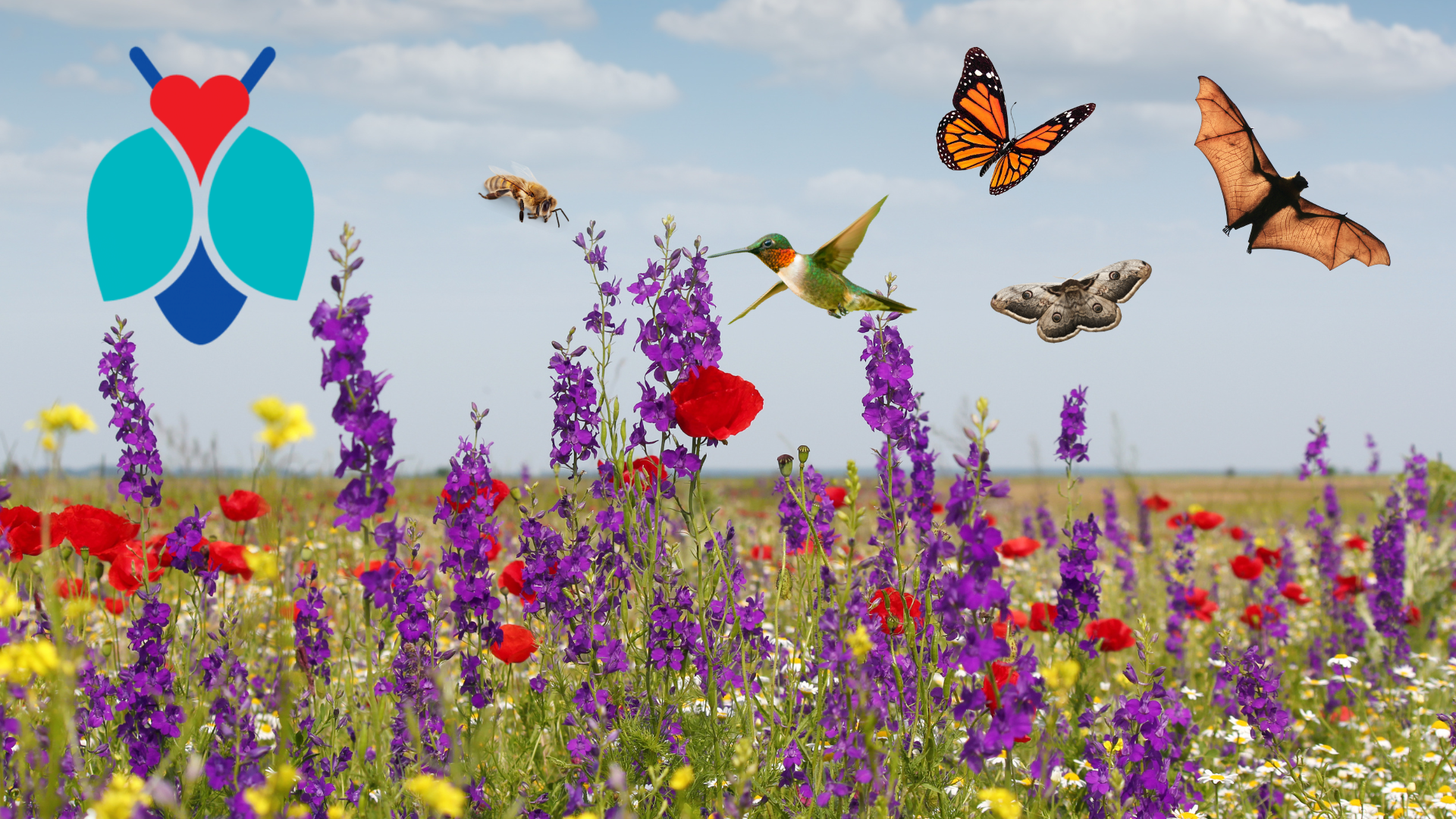Share Our Blog!
Minnesota’s Pollinators
Minnesota is made up of a variety of different ecosystems, including prairies, forests, wetlands, and urban gardens. Minnesota’s pollinators ensure that these habitats continue to survive and flourish. Minnesota’s pollinators include insects, bats, and birds. We are going to explain each species and its role in the survival of Minnesota’s various plants and ecosystems.
Butterflies
Minnesota plays a vital role in one of the most impressive animal migrations on the planet. Monarch butterflies embark on a treacherous journey from Mexico up to Minnesota and Canada to breed. Minnesota’s prairies and gardens serve an important role in the success of their migration. They feed on the nectar of wildflowers to survive their long journey and at the same time pollinate them as they go. One of the most important flowers in their breeding journey is milkweed. By preserving these habitats and planting their host plant the milkweed we can help the monarch butterfly flourish and survive for generations to come.
Bees
There are over 400 different bee species living in Minnesota alone. Some of the most common are; bumble bees, honey bees, mason bees, and carpenter bees. Not all bees live in social colonies. There are solitary and social bees. But both types play an equally important role in pollinating. Most of the bees contribute to pollinating various crops and fruits. Without them, fewer vegetables, berries, and fruit trees would exist in Minnesota. The bees also contribute to the health of native wildflowers, gardens, and trees.
Other Vital Pollinators
While most people think of pollinators as bees or butterflies, plenty of other insects and animals contribute to the health of Minnesota’s ecosystems. Some of the forgotten pollinators include beetles, moths, hummingbirds, and bats. Moths and bats are both nocturnal so they pollinate at night. Moths live off of eating nectar from flowers and other plants just like butterflies. But because moths and bats work at night they help pollinate flowers that butterflies and bees wouldn’t be able to during the day. Many of the flowers and plants they help pollinate only bloom at night. Just a few of these flowers include; the moonflower, moon frolic daylily, and the night-flowering catchfly. Hummingbirds are another important pollinator. In fact. they are one of the most effective pollinators in Minnesota. They can pollinate 1,000-2,000 flowers a day. It makes it easier for them due to the fact they can fly 30-60 mph, hover and even fly backward!
Protecting these species is crucial to the survival and health of Minnesota’s various ecosystems. Many pollinators are threatened by habitat loss, climate change, parasites, and diseases. It is also advisable to not spray pesticides on your lawn for mosquitos. These treatments affect a lot more insects than just mosquitos. They kill pollinators as well. A way to help pollinators thrive is to continue to plant wildflowers, fruit trees, and other plants around the property that provide them with a variety of nectar to feed on.
Share Our Blog!
If you have any questions or concerns or would like to schedule an appointment call or send us an email
Call Us Today! 952-404-BOGO (2646)
Learn more about wasps and bees by visiting our identification page
Read more about Minnesota’s pollinators by visiting the Minnesota DNR website




